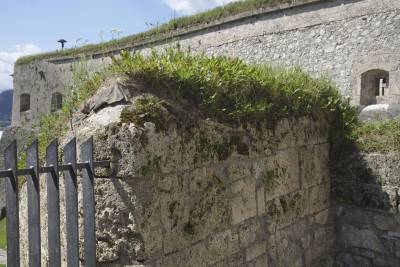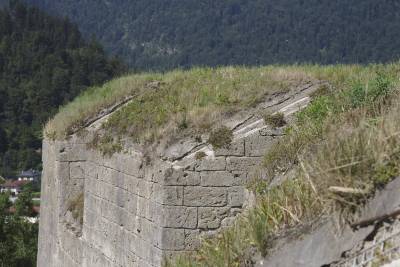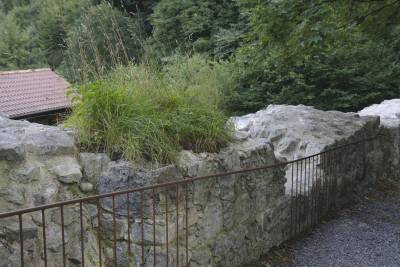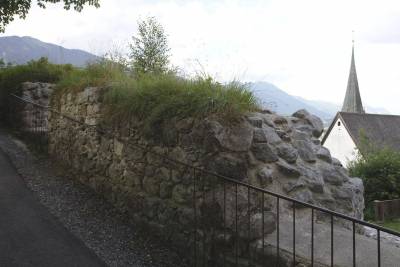Dies ist eine alte Version des Dokuments!
Soft capping
Das Begrünen von Ruinenmauerwerk mit flach Wurzelnden Pflanzen wie Gräsern, Mauerpfeffer, Farnen und Moosen trägt nicht nur zum Erscheinungsbild und Biodiversität bei, sondern vor allem zum Erhalt des Mauerwerks selbst.
In England und Schottland werden die Auswirkungen von natürlicher als auch künstlich aufgebrachter Mauerbegrünung seit mehr als 20 Jahren auch wissenschaftlich erforscht (siehe Literatur).
Projekte
Soft Wall Capping Research Project, University of Oxford, Oxford Rock Breakdown Laboratory
Literatur
Chris Wood, Alan Cathersides, Heather Viles, Soft Capping on Ruined Masonry Walls, Historic England, Research Report 88/2018
Download (PDF)
Robert Kent, Thirlwall Castle: The Use of Soft Capping in Conserving Ruined Ancient Monuments in Journal of Architectural Conservation Vol. 19, No. 1, March 2013, 35-48
Download (PDF)
Tom Morton, Soft Capping in Scotland, The context and Potential of using Plants to protect masonry, Volume 1, Historic Scotland, 2011
Download (PDF)
Tom Morton, Soft Capping in Scotland, The context and Potential of using Plants to protect masonry, Volume 2, Historic Scotland, 2011
Download (PDF)




